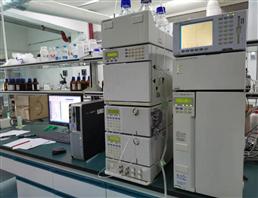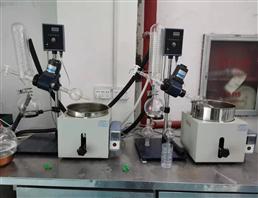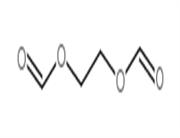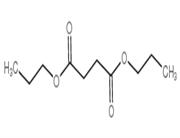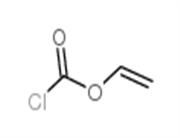Product Name: Isoproterenol
Synonyms: 4-[1-hydroxy-2-(propan-2-ylamino)ethyl]benzene-1,2-diol;isoproterenol;isoprel;isoprenaline;saventrine;4-(1-hydroxy-2-(isopropylaMino)ethyl)benzene-1,2-diol;1,2-Benzenediol, 4-1-hydroxy-2-(1-methylethyl)aminoethyl-;1,2-Benzenediol, 4-[1-hydroxy-2-[(1-methylethyl)amino]ethyl]- (9CI)
CAS: 7683-59-2
MF: C11H17NO3
MW: 211.26
EINECS: 231-687-7
Product Categories: -
Mol File: 7683-59-2.mol
Isoproterenol Structure
Isoproterenol Chemical Properties
Melting point 170.5°C
Boiling point 350.94°C (rough estimate)
density 1.1240 (rough estimate)
refractive index 1.5718 (estimate)
pka 8.64(at 25℃)
NIST Chemistry Reference 3,4-Dihydroxy-«alpha»-(isopropylaminomethyl)-benzyl alcohol(7683-59-2)
Safety Information
MSDS Information
Isoproterenol Usage And Synthesis
Uses Bronchodilator.
Definition ChEBI: A secondary amino compound that is noradrenaline in which one of the hydrogens attached to the nitrogen is replaced by an isopropyl group. A sympathomimetic acting almost exclusively on beta-adrenergic receptors, it is used (mainly as the hy rochloride salt) as a bronghodilator and heart stimulant for the management of a variety of cardiac disorders.
Indications Isoproterenol is administered almost exclusively by inhalation from metered-dose inhalers or from nebulizers. The response to inhaled isoproterenol and other inhaled adrenomimetics is instantaneous. The action of isoproterenol is short-lived, although an objective measurement of pulmonary function has shown an effective duration of up to 3 hours. When it is administered by inhalation, the cardiac effects of isoproterenol are relatively mild, although in some cases a substantial increase in heart rate occurs.

 China
China




